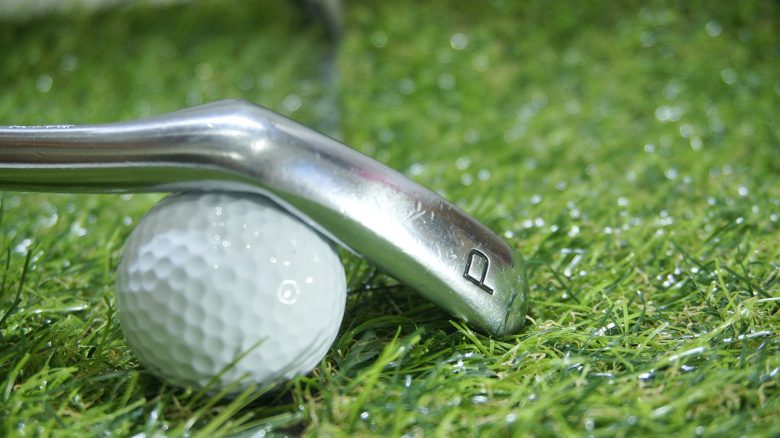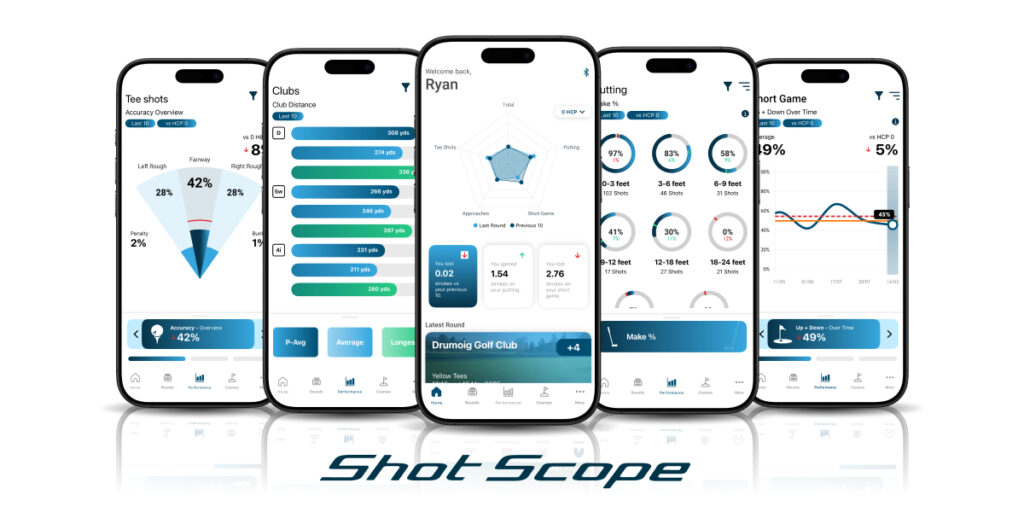One of the major keys to lower scoring is hitting greens in regulation, but this isn’t always easy.
Inevitably, over the course of your round you will miss a few greens and need to get up and down to save your par, so which clubs should the average golfer use?
We will look at up and down success, proximity to the hole, and shots to finish with wedges (GW, SW, LW) and then compare them with the clubs typically used for chip and runs (8i, 9i, PW). Having a dialed in short game is a great way to save strokes, and lower scores.
With the averages for these clubs we will be able to see what club can give you the best chances of success around the green.
Here we have some short game data for a 15 handicap golfer.


Do these numbers surprise you? Or does it confirm what you already knew? There is a time and place for every club in the bag and the beauty of short game is that we can be creative. However, the next time you are looking at a simple shot around the green perhaps less loft may help.
A lot of amateurs are very quick to reach for loft when around the greens, we can see they are almost twice as likely to use a high lofted club. However, this may not be in their best interests when it comes to scoring.
From the data shown, for the average golfer, on every measurement the lesser lofted option is better. Proximity to the hole is 6ft closer, this is significant in terms of putting make percentages.
Likewise, the average golfer is 8% more likely to get up and down when using an 8i/9i/PW in comparison to a GW/SW/LW. This further emphasises the benefit of using less loft. Proximity to the hole is better and the likelihood of a successful up-and-down increases.
With less loft in hand, the average golfer is likely to leave themselves within 6ft of the pin almost 1 in 3 times. As previously mentioned this helps with putting make percentages and is reflected in the shots to finish data.
Still not convinced?
Think about the last time you played. How many times do you thin or fat a wedge around the greens and cost yourself a shot that could be easily saved. The chip and run is a very reliable shot to have in the locker and is less high tariff than a wedge around the greens.
When on the course, it is easy to try and replicate the shots that we see on the television, the only difference being that they are the top 1% of golfers in the world. So should we be trying to play like them? Probably not unfortunately.
However, we can learn from them when it comes to scoring. As we saw with Brian Harman, short game and putting can transform an average score into a great score. Harman gained almost 12 strokes on the field at the 151st Open Championship and would go onto win the Claret Jug, his first Major.
Remember – putt if you can, chip if you can’t putt, and pitch only if you have to.
Learn your game, with Shot Scope performance tracking technology. Our product portfolio is continually evolving and aim to make valuable golfing data available to every golfer. CONNEX allows golfers to performance track with our tracking tags and their smartphone! The X5 GPS watch provides a seamless tracking experience with automatic data collection. More options are available on our website.
The future of golf is powered by Shot Scope.
Cover Image: NazaBasirun / ShutterStock








